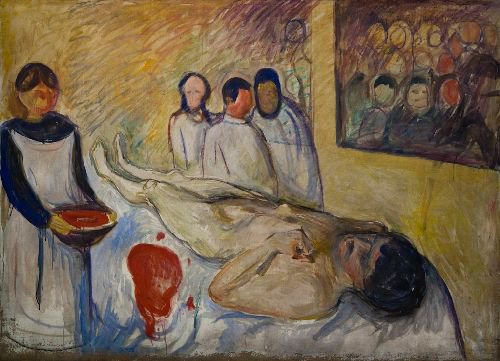One of the key differences between the associate and baccalaureate programs is scope. Coursework in the associate program is focused on specific disciplines, and is technically rooted. Advancing to the baccalaureate program was an eye opener because the focus has shifted to the broader picture. It is no longer about assessing a particular patient at a particular time, but on looking at the population as a whole, seeing the case from the risk factors and culture and community influences through care and return to the community. The role of advocate takes on a whole new meaning because it is no longer a question of providing an extra blanket for the night on the unit but on alerting lawmakers to the need to funnel funding into programs to provide blankets to needy children or families in schools and community centers.
At the same time, there has also been the realization that a nurse also has to be an advocate for himself. I recall one session in psychiatric clinical where it was mentioned that nobody puts their head out into the hallway and calls, “Doctor”, but rather the call bell, patients, and families are calling “Nurse”. It is incumbent then to not only represent the profession and uphold its ideals, but seek ways to further advance it. As medicine continues to become more complex, nursing has to not only grow but change to meet current and future demands. There is far more reliance on specialists and other professionals to execute some of the tasks associated with care, but it falls on the nurse to act as the go between and tie the disciplines together. This also falls in line with the bigger picture of nursing as a profession; assessing not only the patient but nursing itself- the scope of practice, the rationales for interventions, the overlaps with other functions in the continuum of healthcare, and the changes on the horizon due to social, political, and economic shifts.
Another key learning point comes from the broadness of nursing. The traditional view of a white uniform dutifully standing next to a hospital bed is still commonly found, to be sure. But there are many other ways and capacities to address healthcare. We are only beginning to realize that medicine is not limited to the acute treatment of an emergent condition. As the concept of health continues to change, so will the role of nurse, and those in or looking to enter the field will need to assert a voice in shaping what the final form will be. This, ultimately, is the purpose of advancing nursing education beyond the essential clinical skills needed to perform at the bedside. Many students, including myself, have questioned the validity of the baccalaureate program, with the argument that if the classwork is not geared towards learning and mastering assessment skills or practicing clinical procedure, then there is little use for it. But you to come to realize that the purpose is not to train the new nurse for the immediate position, but to see the larger picture of advocating for oneself and the profession rather than just for the patient.
Getting back to the argument, a nurse can treat patients without a syringe and an iv bag. Especially in the primary preventative care model healthcare is trying to move to, the key interventions will be providing education on identifying and modifying risk factors, or managing medications and activity regimens. This is where the “big picture” view comes into play. Also in this regard, the nurse becomes a salesperson, trying to get the client to buy into the care plan. In some ways, this is even more challenging. The person rolling on the ground in excruciating pain is not likely to question the nurse’s interventions or rationales. The one who believes himself to be in good health will need some convincing. Experience will teach the means of managing this situation more than any book will, but the books will lay the groundwork for experience to do its magic.



